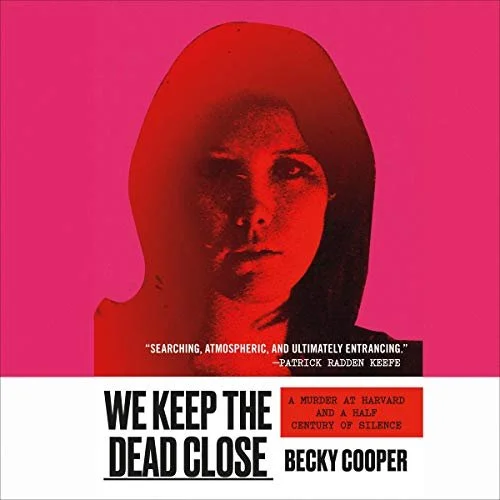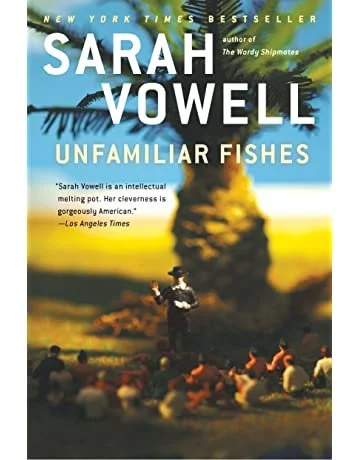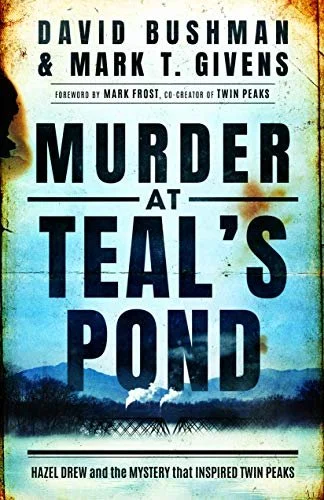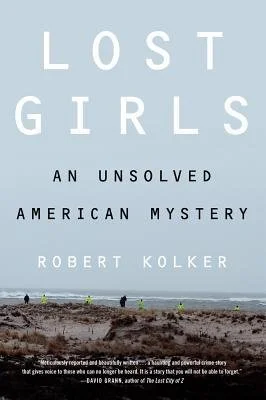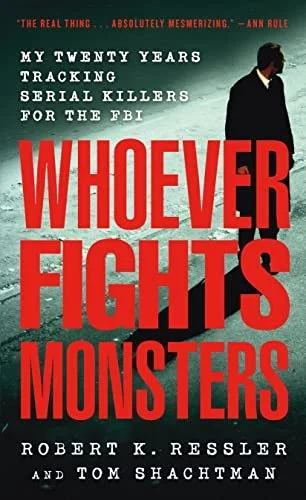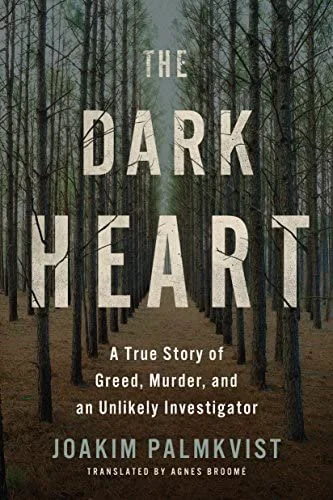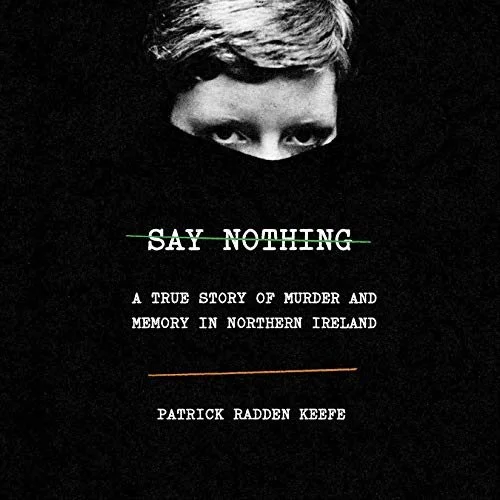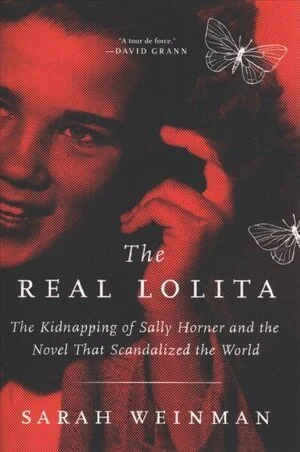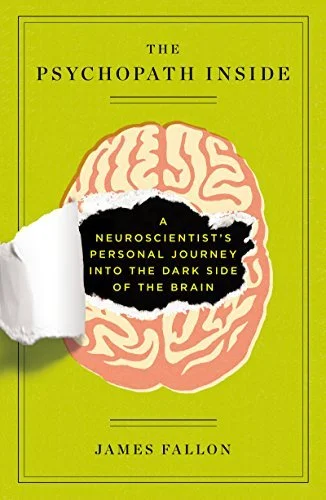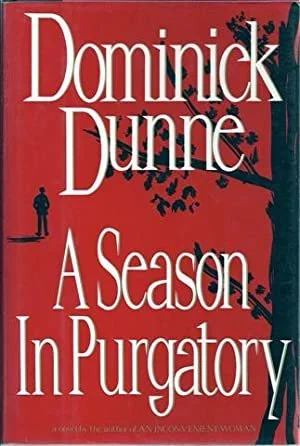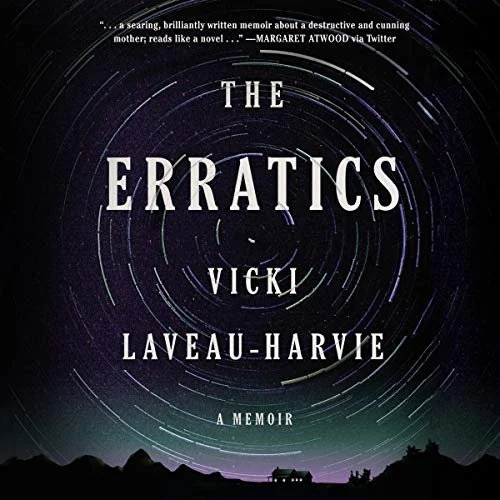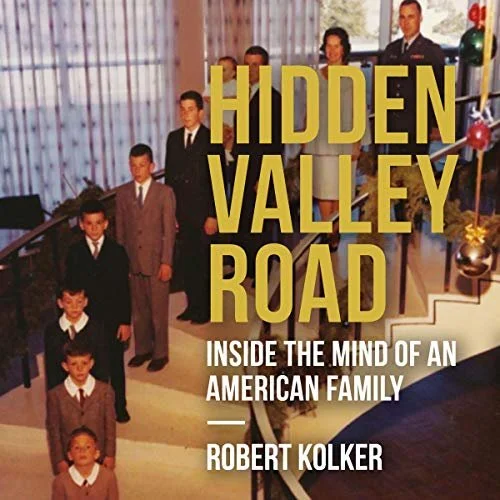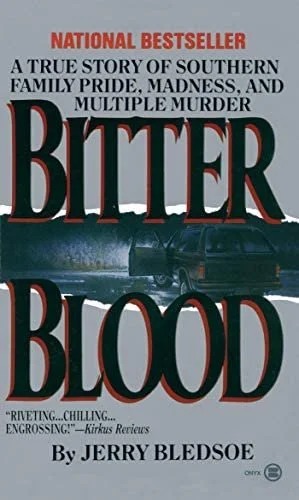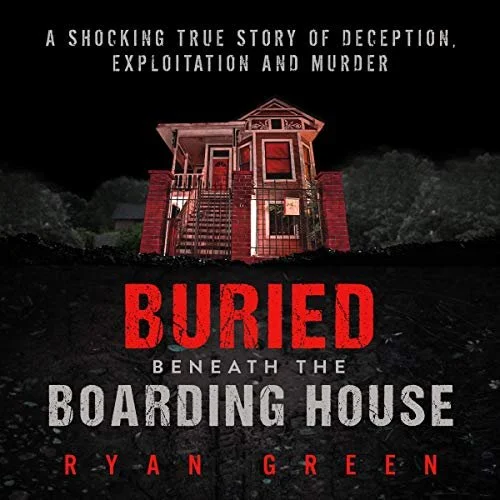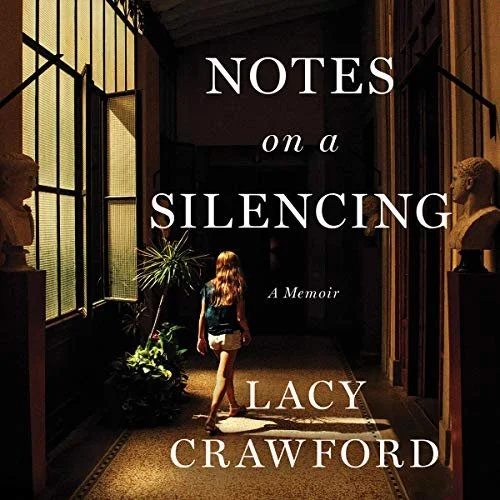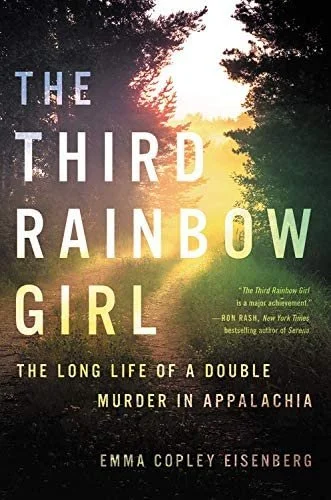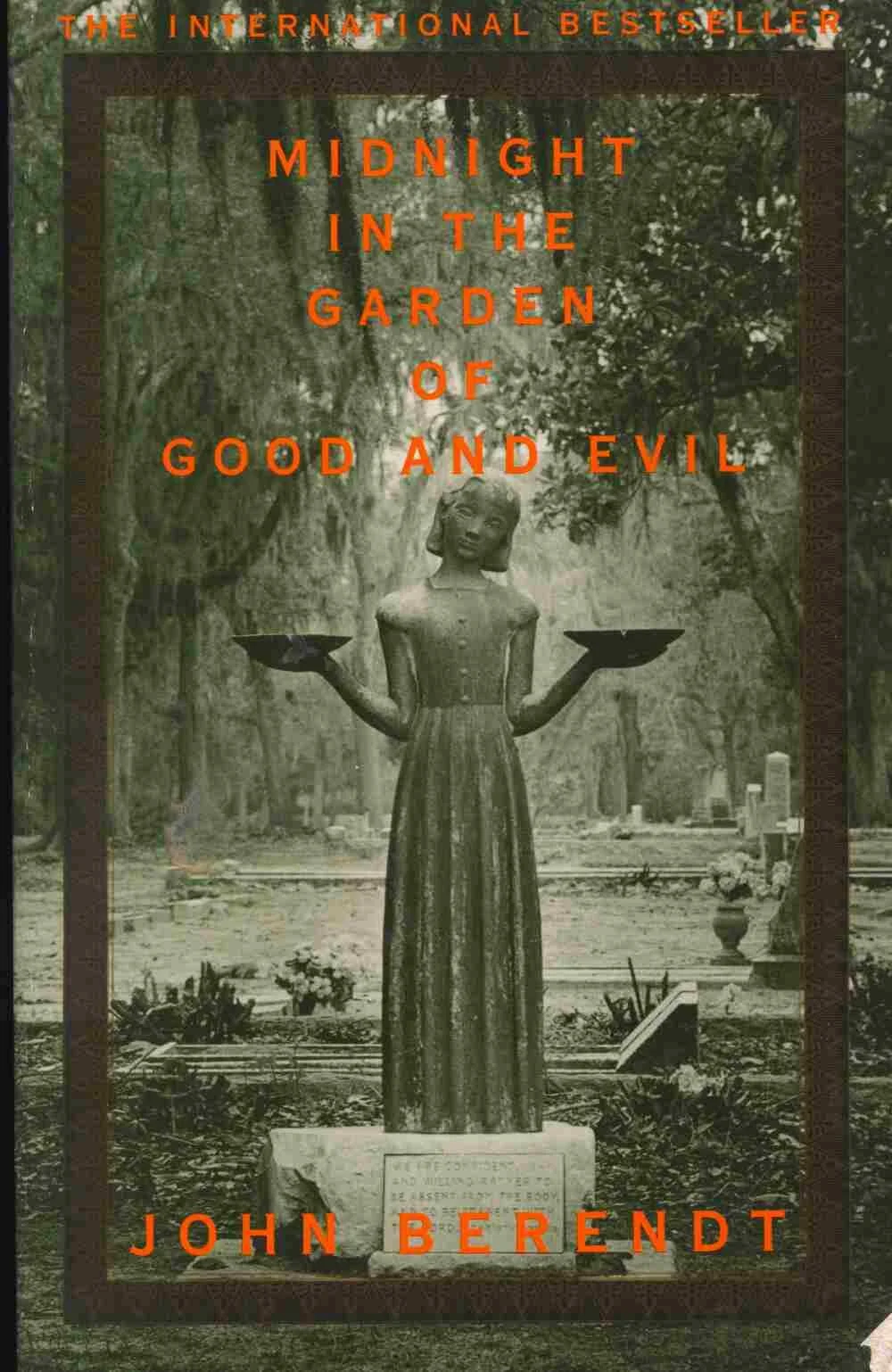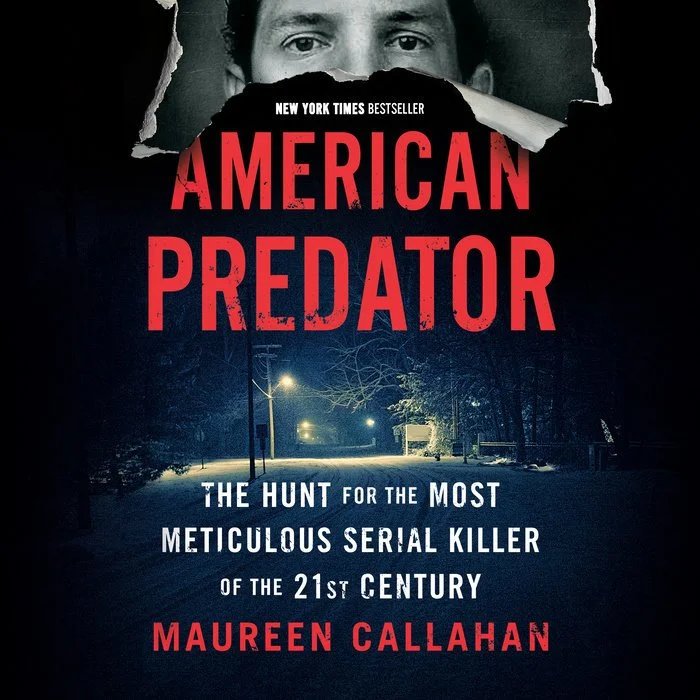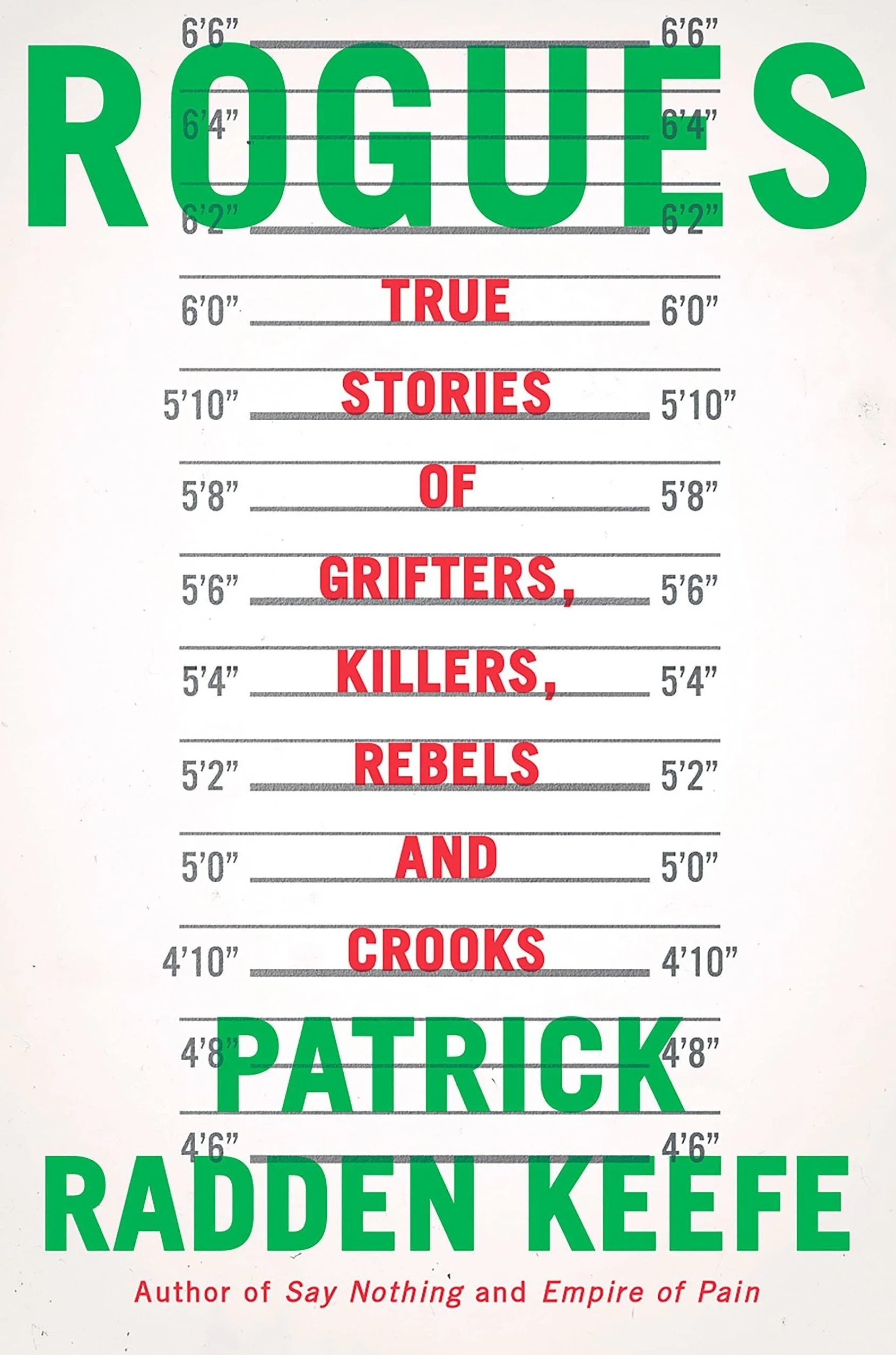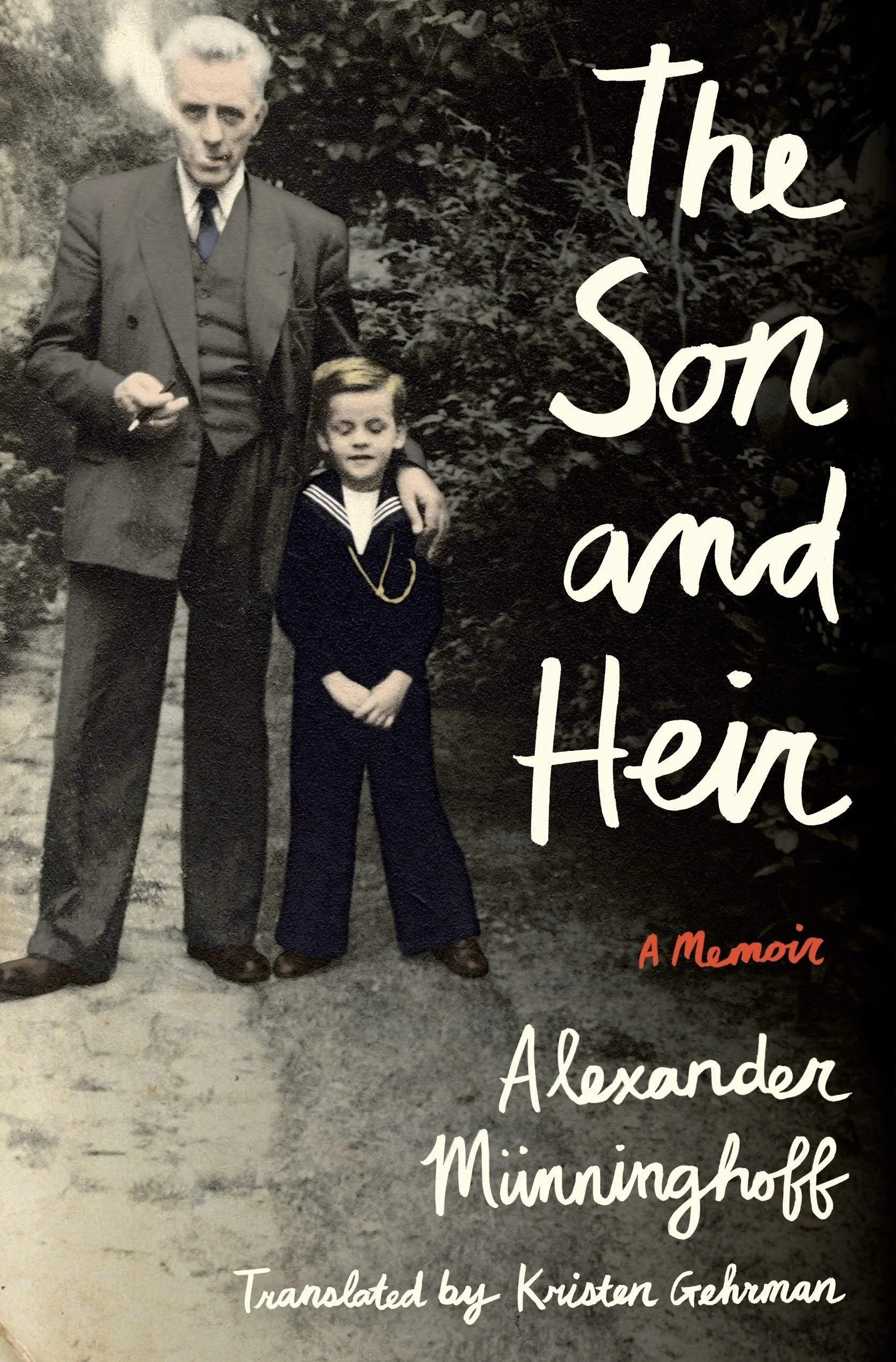The accusations. The suspicions. The devastating impact. This is the true story of the Devils of the Bassa Modenese―the most notorious Satanic Panic investigation in the history of Italy.
1969: the height of counterculture and the year universities would seek to curb the unruly spectacle of student protest; the winter that Harvard University would begin the tumultuous process of merging with Radcliffe, its all-female sister school; and the year that Jane Britton, an ambitious twenty-three-year-old graduate student in Harvard's Anthropology Department and daughter of Radcliffe Vice President J. Boyd Britton, would be found bludgeoned to death in her Cambridge, Massachusetts apartment.
Richard Lloyd Parry, an award-winning foreign correspondent, covered Lucie's disappearance and followed the massive search for her, the long investigation, and the even longer trial. Over ten years, he earned the trust of her family and friends, won unique access to the Japanese detectives and Japan's convoluted legal system, and delved deep into the mind of the man accused of the crime, Joji Obara, described by the judge as "unprecedented and extremely evil."
A clear-eyed and compassionate memoir of the Appalachian experience by a woman who embraced its astonishing beauty, narrowly escaped its violence, and struggles to call it home.
The gripping true story, told here for the first time, of the Last Call Killer and the gay community of New York City that he preyed upon.
'Wild Game' is a brilliant, timeless memoir about how the people close to us can break our hearts simply because they have access to them, and the lies we tell in order to justify the choices we make. It’s a remarkable story of resilience, a reminder that we need not be the parents our parents were to us.
With her trademark wry insights and reporting, Vowell sets out to discover the odd, emblematic, and exceptional history of the fiftieth state. In examining the place where Manifest Destiny got a sunburn, she finds America again, warts and all.
In 1908, Hazel Drew was found floating in a pond in Sand Lake, New York, beaten to death. The unsolved murder inspired rumors, speculation, ghost stories, and, almost a century later, the phenomenon of 'Twin Peaks.' Who killed Hazel Drew? Like Laura Palmer, she was a paradox of personalities―a young, beautiful puzzle with secrets. Perhaps the even trickier question is, Who was Hazel Drew?
For years, behind the closed doors of their farmhouse in Raymond, Washington, their sadistic mother, Shelly, subjected her girls to unimaginable abuse, degradation, torture, and psychic terrors. Through it all, Nikki, Sami, and Tori developed a defiant bond that made them far less vulnerable than Shelly imagined. Even as others were drawn into their mother’s dark and perverse web, the sisters found the strength and courage to escape an escalating nightmare that culminated in multiple murders.
A literary account of the lives and presumed serial killings of five “Craigslist” sex workers, whose bodies were found on the same Long Island beach in 2010. Based on the New York Magazine cover story.
Face-to-face with some of America's most terrifying killers, FBI veteran Robert K. Ressler learned how to identify the unknown monsters who walk among us -- and put them behind bars. In Whoever Fights Monsters, Ressler―the inspiration for the character Agent Bill Tench in David Fincher's hit TV show 'Mindhunter'―shows how he was able to track down some of the country's most brutal murderers.
In late summer of 2012, millionaire landowner Göran Lundblad went missing from his farm in Sweden. When a search yielded nothing, and all physical evidence had seemingly disappeared, authorities had little to go on—except a disturbing phone call five weeks later from Göran’s daughter Maria. She was sure that her sister, Sara, was somehow involved. At the heart of the alleged crime: Sara’s greed, her father’s land holdings, and his bitter feud with Sara’s idler boyfriend.
Randy Kraft was highly intelligent, politically active, loyal to his friends, committed to his work—and the killer of 67 people—more than any other serial killer known. This book offers a glimpse into the dark mind of a living monster. "To open this book is to open a peephole into hell". -Associated Press.
From the #1 New York Times bestselling author of 'The Stranger Beside Me' comes a shocking true crime account of the destructive forces that drove a beautiful young mother to shoot her three young children in cold blood.
'The Girls Are Gone' is the true story of two sisters who went missing, the father who kept searching, and the adults who conspired to keep the truth hidden.
'Say Nothing: A True Story of Murder and Memory in Northern Ireland' is a 2018 book by writer and journalist Patrick Radden Keefe. It focuses on the Troubles in Northern Ireland. It spent six weeks on 'The New York Times' Best Seller list and received widespread critical acclaim.
Vladimir Nabokov's 'Lolita' is one of the most beloved and notorious novels of all time. And yet, very few of its readers know that the subject of the novel was inspired by a real-life case: the 1948 abduction of eleven-year-old Sally Horner. Weaving together suspenseful crime narrative, cultural and social history, and literary investigation, 'The Real Lolita' restores Sally Horner to her rightful place in the lore of the novel's creation. Drawing upon extensive investigations, legal documents, public records, and interviews with remaining relatives, Sarah Weinman casts a new light on the dark inspiration for a modern classic.
In 1929 Stalin launched his policy of agricultural collectivization—in effect a second Russian revolution—which forced millions of peasants off their land and onto collective farms. The result was a catastrophic famine, the most lethal in European history. At least five million people died between 1931 and 1933 in the USSR. But instead of sending relief the Soviet state made use of the catastrophe to rid itself of a political problem. In 'Red Famine,' Anne Applebaum argues that more than three million of those dead were Ukrainians who perished not because they were accidental victims of a bad policy but because the state deliberately set out to kill them.
For the first fifty-eight years of his life James Fallon was by all appearances a normal guy. A successful neuroscientist and medical school professor, he’d been raised in a loving, supportive family, married his high school sweetheart, and had three kids and lots of friends. Then he learned a shocking truth that would not only disrupt his personal and professional life, but would lead him to question the very nature of his own identity.
'Woman in the Mists: The Story of Dian Fossey and the Mountain Gorillas of Africa' is a 1987 biography of the conservationist Dian Fossey, who studied and lived among the mountain gorillas of Rwanda. It is written by the Canadian author Farley Mowat, himself a conservationist and author of the book 'Never Cry Wolf.'
'A Season in Purgatory' is a 1993 novel by Dominick Dunne. It was inspired by the 1975 murder of Martha Moxley, for which Ethel Skakel Kennedy's nephew Michael Skakel was eventually convicted. Dunne became fascinated with the story after covering William Kennedy Smith's 1991 rape trial for Vanity Fair.
For most of us, it was just another horrible headline. But for Deborah Spungen, the mother of Nancy, who was stabbed to death at the Chelsea Hotel, it was both a relief and a tragedy. Here is the incredible story of an infant who never stopped screaming, a toddler who attacked people, a teenager addicted to drugs, violence, and easy sex, a daughter completely out of control—who almost destroyed her parents’ marriage and the happiness of the rest of her family.
'Running with Scissors' meets Grey Gardens in this gripping, true riches-to-rags tale of a wealthy family who lost it all and the unforgettable journey of a man coming to terms with his family’s deep flaws and his own long-buried truths.
In this award-winning memoir, two sisters reckon with the convalescence and death of their outlandishly tyrannical mother and the care of their psychologically terrorized father, all relayed with dark humour and brutal honesty.
'Hidden Valley Road: Inside the Mind of an American Family' is a 2020 non-fiction book by Robert Kolker. The book is an account of the Galvin family of Colorado Springs, Colorado, a midcentury American family with twelve children, six of whom were diagnosed with schizophrenia.
Reverend Willie Maxwell was a rural preacher accused of murdering five of his family members, but with the help of a savvy lawyer, he escaped justice for years until a relative assassinated him at the funeral of his last victim. Despite hundreds of witnesses, Maxwell’s murderer was acquitted—thanks to the same attorney who had previously defended the reverend himself. Sitting in the audience during the vigilante’s trial was Harper Lee, who spent a year in town reporting on the Maxwell case and many more trying to finish the book she called 'The Reverend.' Cep brings this remarkable story to life, from the horrifying murders to the courtroom drama to the racial politics of the Deep South, while offering a deeply moving portrait of one of our most revered writers.
In this powerful and riveting tale of three families connected by marriage and murder, of obsessive love and bitter custody battles, Jerry Bledsoe recounts the shocking events that ultimately took nine lives. The first bodies found were those of a feisty millionaire widow and her beautiful daughter in their posh Louisville, Kentucky, home. Months later, another wealthy widow and her prominent son and daughter-in-law were found savagely slain in Winston-Salem, North Carolina. Mystified police first suspected a professional in the bizarre gangland-style killings that shattered the quiet tranquility of two well-to-do southern communities. But soon a suspicion grew that turned their focus to family.
An intellectual and emotional thriller that is also a different kind of murder mystery, 'The Fact of a Body' is a book not only about how the story of one crime was constructed—but about how we grapple with our own personal histories. Along the way it tackles questions about the nature of forgiveness, and if a single narrative can ever really contain something as definitive as the truth. This groundbreaking, heart-stopping work, ten years in the making, shows how the law is more personal than we would like to believe—and the truth more complicated, and powerful, than we could ever imagine.
In 1988, detectives from the Sacramento Police Department were called to investigate the disappearance of a man at his last known address, a boarding house for the elderly, homeless and mentally ill. The owner, Dorothea Puente, was an adorable old lady who cared for stray cats and the rest of society's castaways. On 11th November 1988, the Sacramento Police Department headed back to the boarding house with shovels in hand.
When 'Notes on a Silencing' hit bookstores in the summer of 2020, even amidst a global pandemic, it sent shockwaves through the country. Not only did this intimate investigative memoir usher in a media storm of coverage, but it also prompted the elite St. Paul's School to issue a formal apology to the author, Lacy Crawford, for its handling of her report of sexual assault by two fellow students nearly thirty years ago.
'The Third Rainbow Girl: The Long Life of a Double Murder in Appalachia' is a nonfiction book by Emma Copley Eisenberg, published January 21, 2020 by Hachette Books. The book follows the investigation of the murders of Vicki Durian and Nancy Santomero and provides commentary on how people in Appalachia are viewed.
'I’ll Be Gone in the Dark'—the masterpiece McNamara was writing at the time of her sudden death—offers an atmospheric snapshot of a moment in American history and a chilling account of a criminal mastermind and the wreckage he left behind. It is also a portrait of a woman’s obsession and her unflagging pursuit of the truth. Utterly original and compelling, it has been hailed as a modern true crime classic—one which fulfilled Michelle's dream: helping unmask the Golden State Killer.
In the 1920s, the richest people per capita in the world were members of the Osage Nation in Oklahoma. After oil was discovered beneath their land, the Osage rode in chauffeured automobiles, built mansions, and sent their children to study in Europe. Then, one by one, the Osage began to be killed off. The family of an Osage woman, Mollie Burkhart, became a prime target. One of her relatives was shot. Another was poisoned. And it was just the beginning, as more and more Osage were dying under mysterious circumstances, and many of those who dared to investigate the killings were themselves murdered. As the death toll rose, the newly created FBI took up the case, and the young director, J. Edgar Hoover, turned to a former Texas Ranger named Tom White to try to unravel the mystery. White put together an undercover team, including a Native American agent who infiltrated the region, and together with the Osage began to expose one of the most chilling conspiracies in American history.
Shots rang out in Savannah's grandest mansion in the misty,early morning hours of May 2, 1981. Was it murder or self-defense? For nearly a decade, the shooting and its aftermath reverberated throughout this hauntingly beautiful city of moss-hung oaks and shaded squares. John Berendt's sharply observed, suspenseful, and witty narrative reads like a thoroughly engrossing novel, and yet it is a work of nonfiction. Berendt skillfully interweaves a hugely entertaining first-person account of life in this isolated remnant of the Old South with the unpredictable twists and turns of a landmark murder case.
When journalist Maureen Callahan first heard about Israel Keyes in 2012, she was captivated by how a killer of this magnitude could go undetected by law enforcement for over a decade. And so began a project that consumed her for the next several years—uncovering the true story behind how the FBI ultimately caught Israel Keyes, and trying to understand what it means for a killer like Keyes to exist. A killer who left a path of monstrous, randomly committed crimes in his wake—many of which remain unsolved to this day.
Keefe brilliantly explores the intricacies of forging $150,000 vintage wines, examines whether a whistleblower who dared to expose money laundering at a Swiss bank is a hero or a fabulist, spends time in Vietnam with Anthony Bourdain, chronicles the quest to bring down a cheerful international black market arms merchant, and profiles a passionate death penalty attorney who represents the “worst of the worst,” among other bravura works of literary journalism.
In this revelatory memoir, the author confronts his parents’ complex past as he reconstructs the fortunes and disillusions of an entire family upheaved during the changes of twentieth-century Europe. The Münninghoffs were driven by greed, rebellion, and rage. An embattled dynasty, they were torn between the right and the wrong side of history. Their saga haunted Alexander’s life for the next seventy years.
The history of the Sackler dynasty is rife with drama—baroque personal lives; bitter disputes over estates; fistfights in boardrooms; glittering art collections; Machiavellian courtroom maneuvers; and the calculated use of money to burnish reputations and crush the less powerful. The Sackler name has adorned the walls of many storied institutions—Harvard, the Metropolitan Museum of Art, Oxford, the Louvre. They are one of the richest families in the world, but the source of the family fortune was vague—until it emerged that the Sacklers were responsible for making and marketing a blockbuster painkiller that was the catalyst for the opioid crisis.

